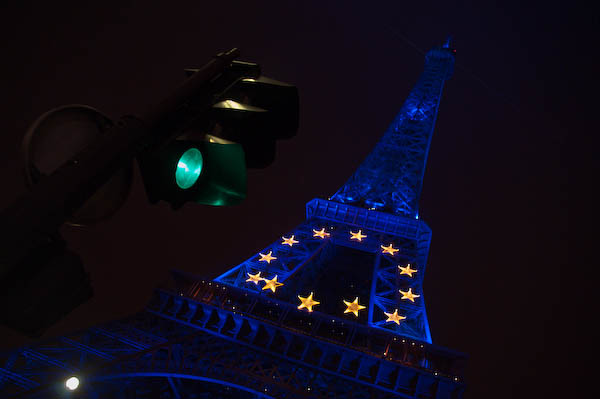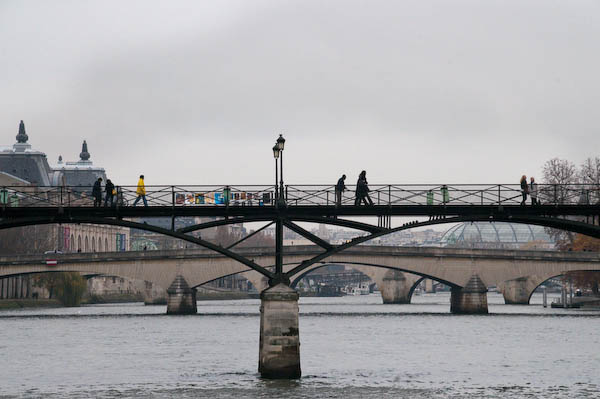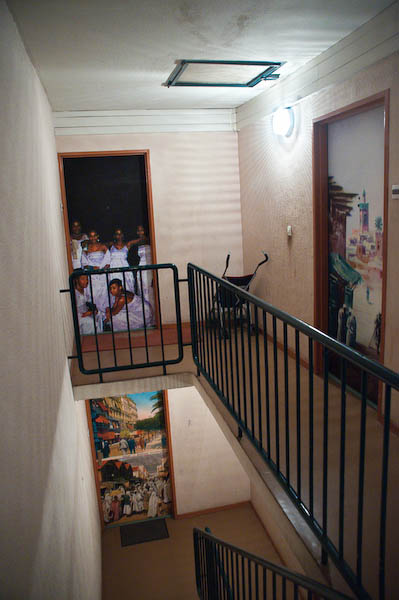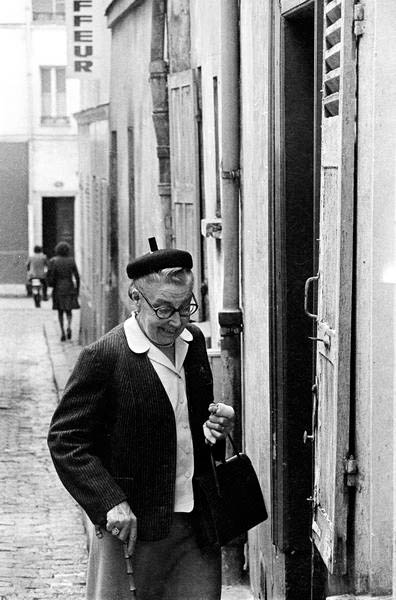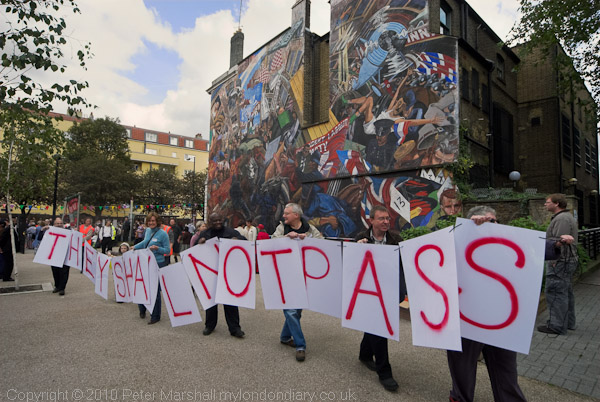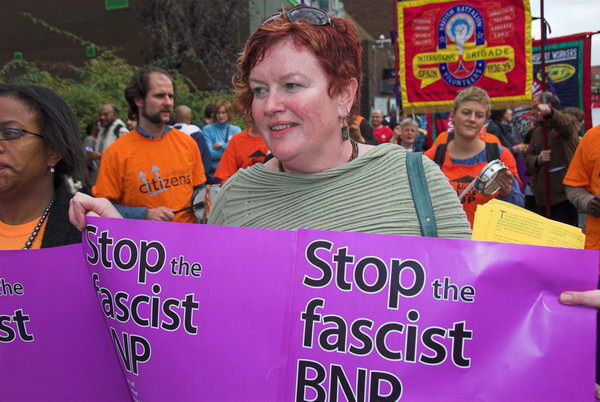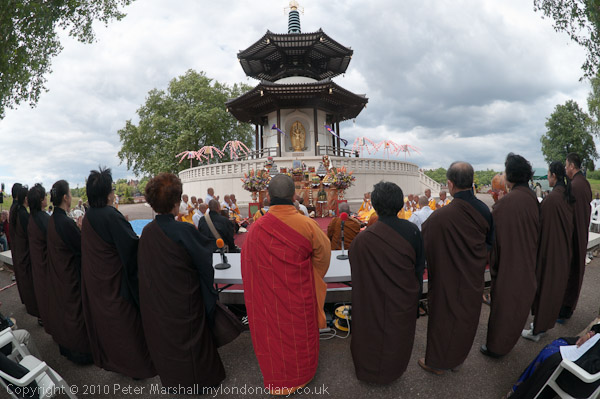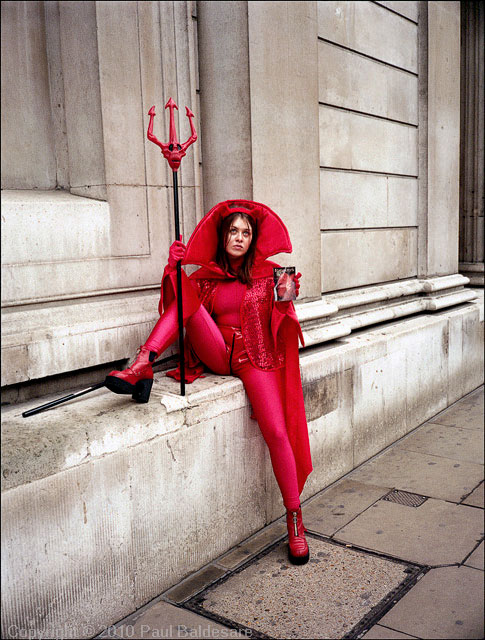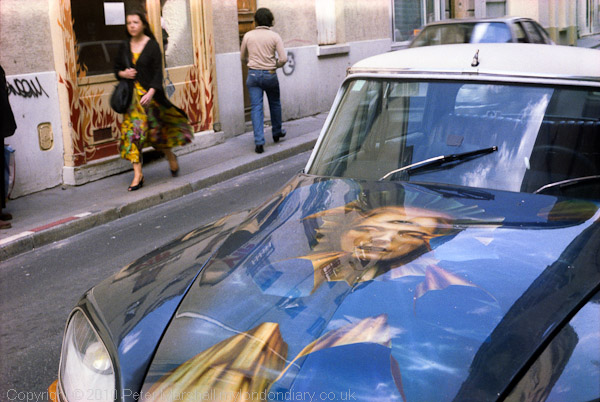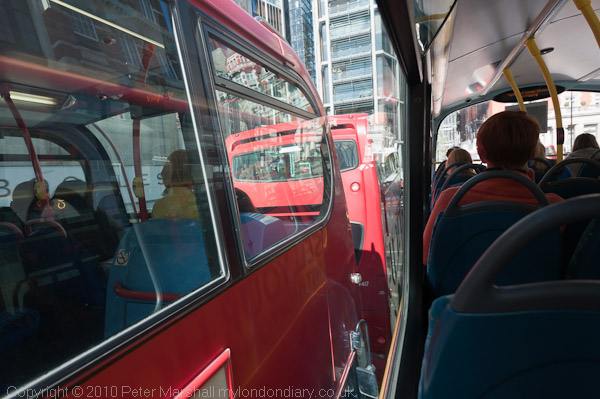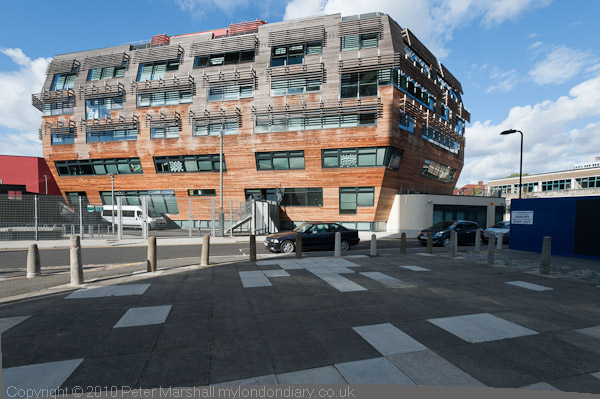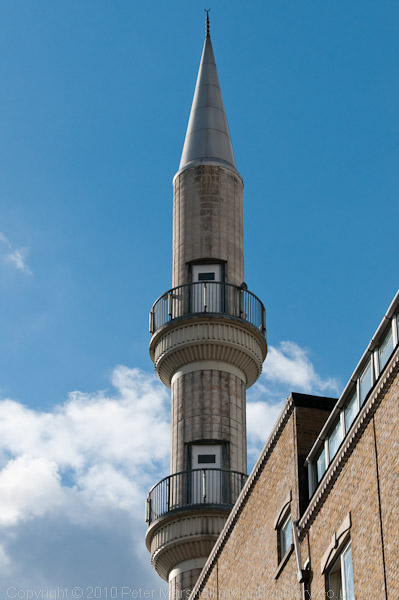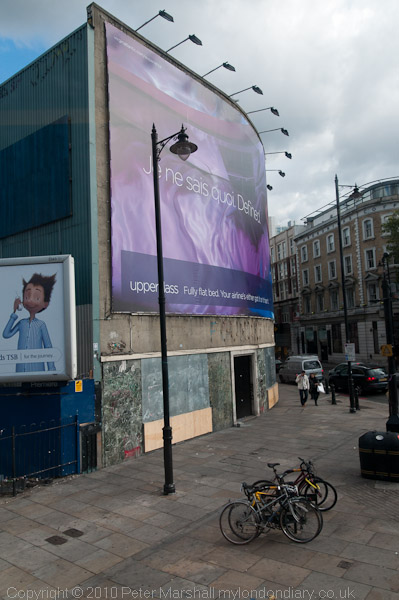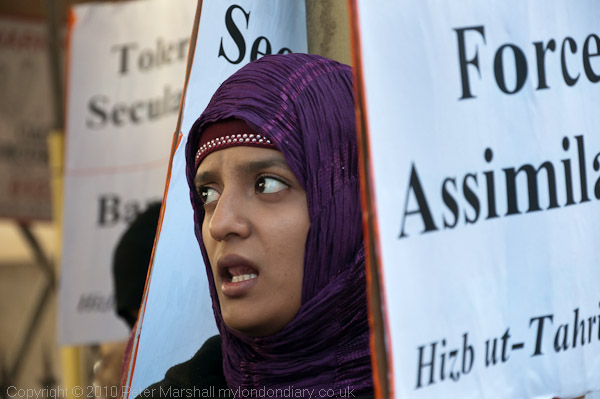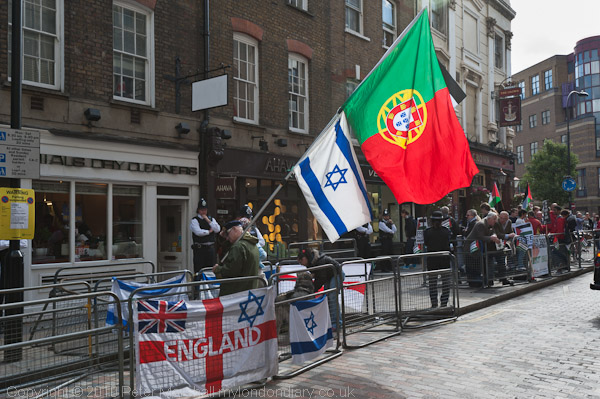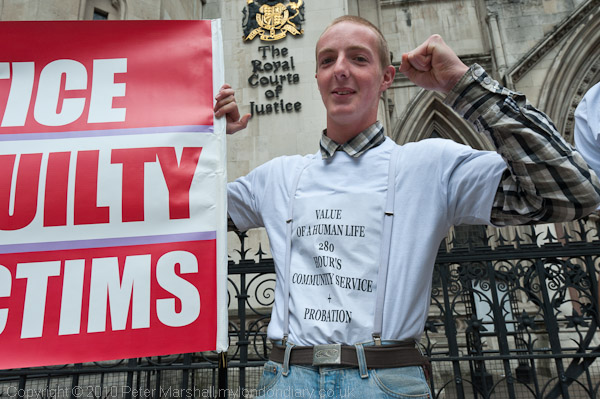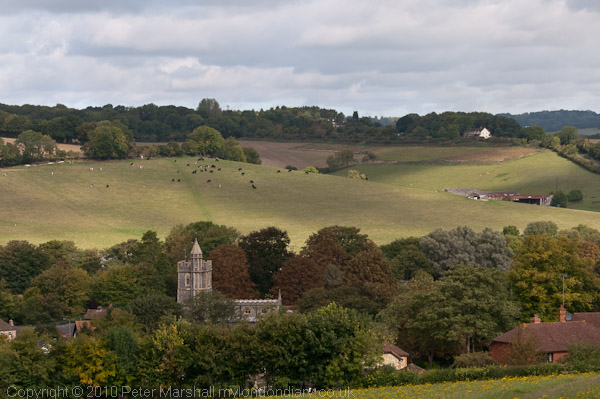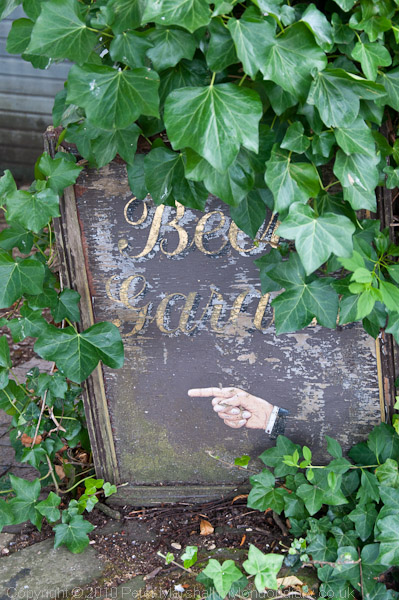
Street Games, Argyle St area, Hull, 1979. Peter Marshall
More years ago than I care to remember I enrolled on an evening class in the History of Photography being offered at the Camden Working Men’s College just down the road from Mornington Crescent (and doubtlessly coincidentally around the time the famous game of that name made its first appearance.)
It was partly a matter of curiosity – I’d never seen such a course offered as an evening class before, but perhaps more importantly, as I was teaching photography it could be counted as “in-service training”, both cutting down the pressure to go on far more boring courses and also meaning I could claim back both course fees and travel expenses from my employer. An added bonus was that the student card for this short course enabled me to claim a 10% discount from my favourite supplier of photographic materials for the next few years.
From the first session the lecturer, William Bishop, made it clear that although he had all the right art history tools he saw the course as an opportunity for him to learn about the history of photography rather than having a great deal of knowledge about it to impart. It became very much a dialogue between him and those of the students – myself included – who knew rather more about photography and photographers, and one that proved constructive for us all.
A few years later, Bishop, who had by this time been reduced by me to Bill in the interests of alliteration, decided to set up a ‘small magazine’ covering photography, producing the first issue of ‘Inscape‘ in Autumn 1992. Immediately I saw it, I contacted him and suggested he might come and make use of my equipment and desk-top publishing skills to improve the production quality, and we produced a few issues this way until he was successful in getting a grant to buy his own computer and scanner.
I had a few pictures in some of the earlier issues and the occasional one since, but I’ve not been a regular contributor to Inscape. My interests have perhaps moved rather in a different direction since those early days, and while the magazine has occasionally published work that interests me, there has also been much that has left me cold or worse.
Inscape is a word coined by Gerard Manley Hopkins, and there is a good short exposition of it on The Victorian Web by Glenn Everett. Inscape for him was essentially a both a Romantic and a religious idea, a revelation of the essence of a thing and an insight into the reason for its creation. It is one of several attempts to describe the feeling that a particular moment or vision has a special significance.

Betty’s Corner Store, Selby St, Hull, 1979. Peter Marshall
When we take personal photographs we are perhaps selecting selecting points of view on the real world that seem for us have some particular resonance – an “inscape” and hence the title of the magazine which
“is about sharing our personal work, our personal photographic visions, with others. It is about appreciation rather than confrontation and argument, but it is not intended as a cosy corner to slumber in because it believes that the tradition of picture making that has personal meaning is alive and still developing.“
It is something of a surprise (although I’ve kept up my subscription over the years) that Inscape is still going 18 years later. I think it started with five issues a year and is now quarterly, and the quality of the reproduction has improved significantly. The three pictures here are from a set of nine printed in Inscape No 80, at least some of which have a connection with its “An Architectural Theme“.

Albert Dock, Hull, 1981. Peter Marshall
Others might be better suited to the theme of the forthcoming issue number 81, The Urban Scene, for which the copy date is 21 Dec 2010. Like most small magazines (and unfortunately some very large ones), Inscape does not pay for contributions – the whole thing is very much a labour of love on a minuscule budget by Mr Bishop.
My set of pictures is only one of the contributions to the issue, with photographs by I think ten other photographers and written contributions by the Editor and the mysterious “mjp”.

Fishers, Spring Bank, Hull, 1979. Peter Marshall
The magazine is now I think on sale in some very selected outlets and costs £3.60 or you can try through the web site, where back numbers are £2.50 post free in the UK. A subscription for 4 issues in the UK is £15.
There are a few more of my pictures from Hull on the Urban Landscapes web site, and I’m currently working through several years of photographs preparing a Blurb book on Hull which should appear later this year, under the title of my 1983 show there, ‘Still Occupied; A View of Hull‘, although the selection of images will be different to the 144 or so I showed then.
